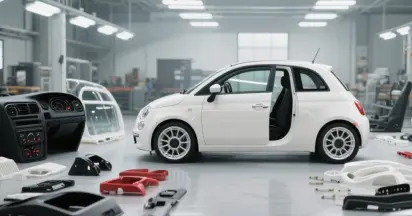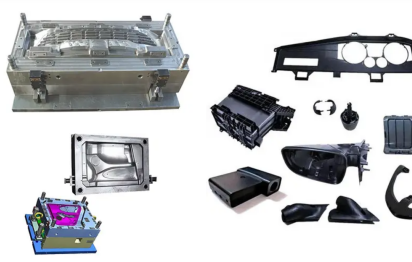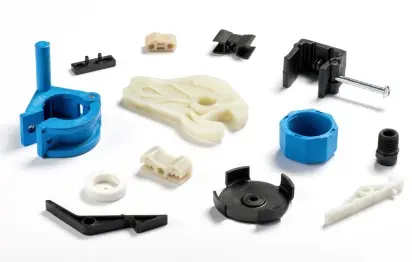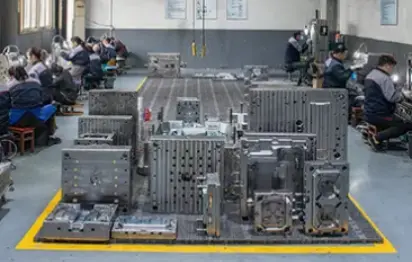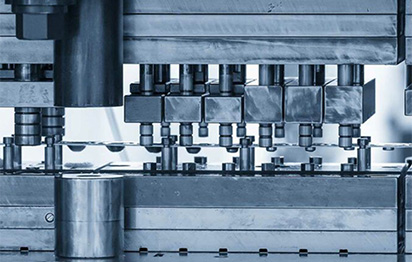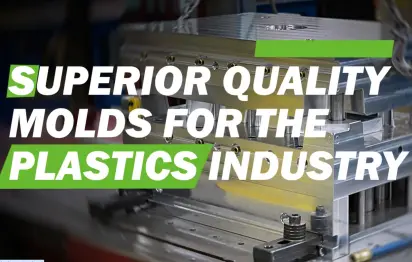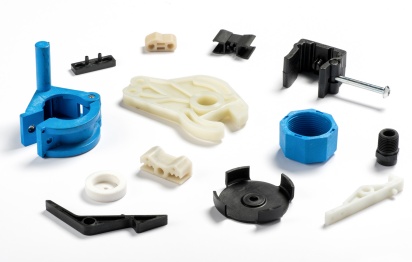Everything You Need to Know About Precision Injection Molding
Precision Injection Molding is a highly specialized manufacturing process that accurately creates intricate plastic components. From automotive to medical devices, this method has revolutionized modern industries by enabling the production of high-quality, durable, and cost-effective parts. Let's dive deeper into the world of precision injection molding and uncover its significance, applications, and benefits.
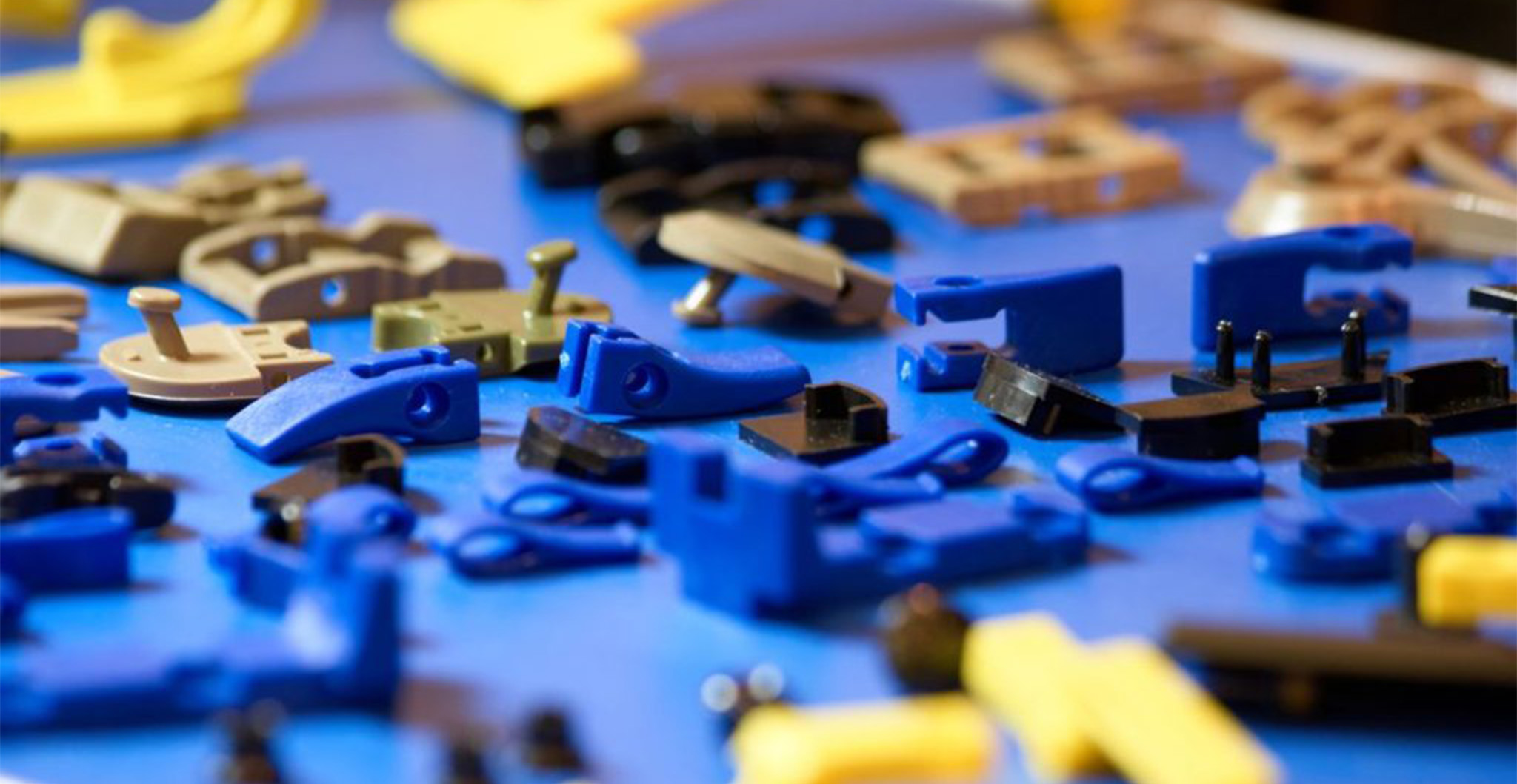
What Is Precision Injection Molding?
Everything starts with the core. To begin with, it is best to understand that this particular process starts with a plastic material that is heated in order to be transformed into molten state. This plastic, once in molten state, is pushed or injected inside an existing mold cavity. The function of the mold cavity is to give a specific shape and structure to the plastic material that is in its molten state. Precision Injection Moulding differs from the normal process of injection moulding. This method injects plastic inside the mold under a pressure of up to 10,000 pounds. Gears tend to have a tight tolerance of 3 to 5 thousandths per inch. This means the device can achieve a tolerance level of up to 0.001 inches. This level of precision ensures consistency and reliability across large production runs, making it ideal for industries that demand perfection.
Key Components of the Process
Material Selection
In precision injection molding, material choice is important. Engineers often use high-performance polymers such as polycarbonate, PEEK (polyetheretherketone) and ABS (acrylonitrile butadiene styrene) because of their strength, heat resistance and durability.
Advanced Molds
The molds used in precision injection molding are made to extremely high precision. These molds are typically made from high-quality steel or aluminum, and are carefully designed and machined to accurately replicate the desired part.
Sophisticated Equipment
Precision injection molding requires sophisticated machinery capable of maintaining constant temperatures, pressures and cycle times. These machines integrate sensors and automation technology to monitor and control every aspect of the process.
Advantages of Precision Injection Molding
- High Accuracy
The primary benefit of precision injection molding is the ability to manufacture parts with tight tolerances. This ensures a perfect fit and consistent performance in even the most demanding applications.
- Cost-Effectiveness
While the initial investment in tooling and equipment can be high, for high volume production, the process is extremely cost effective. Automation further reduces labor costs, making it a scalable solution.
- Material Efficiency
Precision injection molding minimizes waste by using just the right amount of material. Additionally, many plastics used in the process are recyclable, contributing to sustainability efforts.
- Design Flexibility
The process allows for the creation of complex shapes and fine details that would be challenging or impossible with other manufacturing methods.
- Repeatability
Precision injection molding ensures consistent quality across thousands or even millions of parts, making it ideal for mass production.
- Various Applications
Precision injection molding is used across various industries to manufacture components that require high accuracy. Some notable applications include medical devices, automotive industry, electronics, aerospace, and consumer products.
Challenges in Precision Injection Molding
Despite its numerous advantages, precision injection molding comes with challenges, including:
- High Initial Costs: Starting expenses are quite significant. Designing and manufacturing precision molds require significant investment.
- Restriction of materials: Certain types of plastics cannot be used due to the extreme temperature and pressure used during the injection molding process.
- Complexity: Employing advanced tools and skills to get tight tolerances can extend the time needed for production.
Future Trends in Precision Injection Molding
With every passing year and the advancement of technology, precision injection molding is getting more advanced and intricate. Current emerging trends are the following:
- Smart Manufacturing: The integration of IoT and AI in injection molding machines enhances real-time monitoring and predictive maintenance.
- Sustainability: Recent innovations targeting biodegradable and recycled materials are sure to improve the sustainability of the process.
- Micro-Molding: The need for ultra-small components is on the rise, especially with medical and electronic devices, leading to improvements in micro-molding technologies.
- Additive Manufacturing Integration: The combination of 3D printing and injection molding makes it possible to quickly and economically create prototypes and hybrid tools.
Conclusion
Precision injection molding is a cornerstone of modern manufacturing, offering unmatched accuracy, efficiency, and versatility. Its applications span a wide range of industries, enabling the production of parts that meet the highest standards of quality. As advancements in technology and materials continue to emerge, the future of precision injection molding looks brighter than ever, promising even greater innovation and sustainability.






